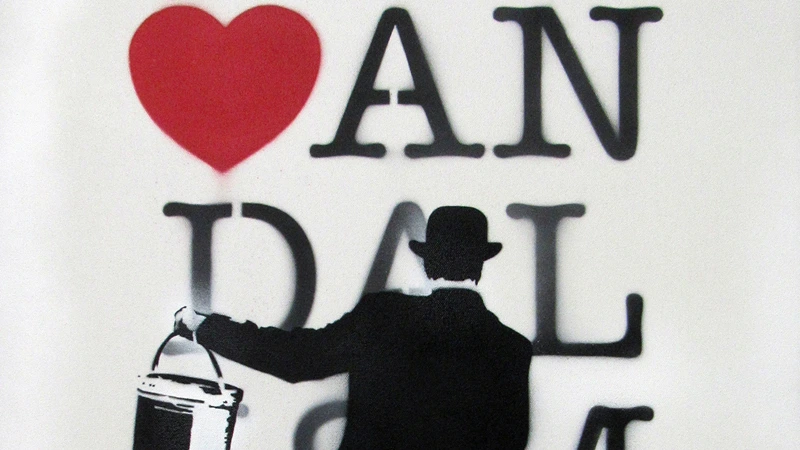The art world has witnessed a significant transformation in recent decades, largely due to the profound influence of street art on contemporary artistic expression. What was once considered a provocative and unconventional form of creative rebellion has now become a vital source of inspiration for established and emerging artists alike. In this blog post, we will explore the fascinating journey of how street art has shaped and continues to influence contemporary art.

The Roots of Street Art
Street art emerged as an underground movement, often born out of the rebellious spirit of urban environments. It initially took the form of graffiti, stencils, wheat-pasting, and murals. Artists were using all that to express their thoughts, opinions, and frustrations. These early street artists operated on the fringes of society, often in anonymity, and their work was viewed as a form of vandalism.
The Evolution of Street Art
Over time, street art evolved into a respected and celebrated art form. Several key factors contributed to its transformation:
- Global Recognition: Pioneers like Jean-Michel Basquiat, Futura 2000, and Keith Haring transitioned from the streets to the galleries, introducing street art to the mainstream art world.
- Art Festivals: Street art festivals, like Art Basel Miami and POW! WOW!, provided a platform for artists to create and showcase their work, fostering an environment of collaboration and appreciation.
- Social Commentary: Many street artists use their work to comment on social and political issues. They are gaining recognition as powerful voices for change.
- Pop Culture Influence: Street art has permeated popular culture, influencing fashion, design, and advertising, further cementing its place in contemporary art.
- Digital Age: Social media platforms have allowed street art to reach global audiences instantly, catapulting artists to international fame.

Blurring the Lines
Street art’s influence on contemporary art is evident in several ways:
- Techniques and Mediums: Street art introduced new techniques and mediums to contemporary art. Artists incorporate graffiti, stenciling, and wheat-pasting, challenging traditional artistic boundaries.
- Urban Themes: Contemporary artists often draw inspiration from urban environments, reflecting the raw energy and grittiness associated with street art.
- Social Commentary: Street artists have been at the forefront of addressing pressing societal issues. They inspire contemporary artists to use their work as a means of commentary and reflection.
- Inclusivity: Street art has embraced a sense of inclusivity, welcoming artists from diverse backgrounds and identities. Which has influenced contemporary art to be more inclusive and representative.
- Public Art: The concept of public art, integral to street art, has permeated contemporary art as artists aim to create works that engage and interact with the public.
- Art Accessibility: Street art’s populist nature has influenced the concept of art accessibility. It encourages artists to make their work approachable to a wider audience.
Street Art and Contemporary Art
The influence of street art on contemporary art is undeniable. What was once dismissed as graffiti or vandalism has become a powerful force in shaping the direction of artistic expression in the 21st century. The movement’s ability to capture the essence of urban life, address social issues, and transcend the confines of traditional galleries has not only redefined contemporary art but has also inspired a new generation of artists to challenge conventions and break boundaries.

As street art continues to evolve and make its mark on contemporary art, it is clear that its influence is here to stay. It is bridging the gap between the streets and the galleries and enriching the artistic landscape. All through its rebellious spirit, social consciousness, and limitless creativity.
Cover image: The Art of Nick Walker

Leave a Reply